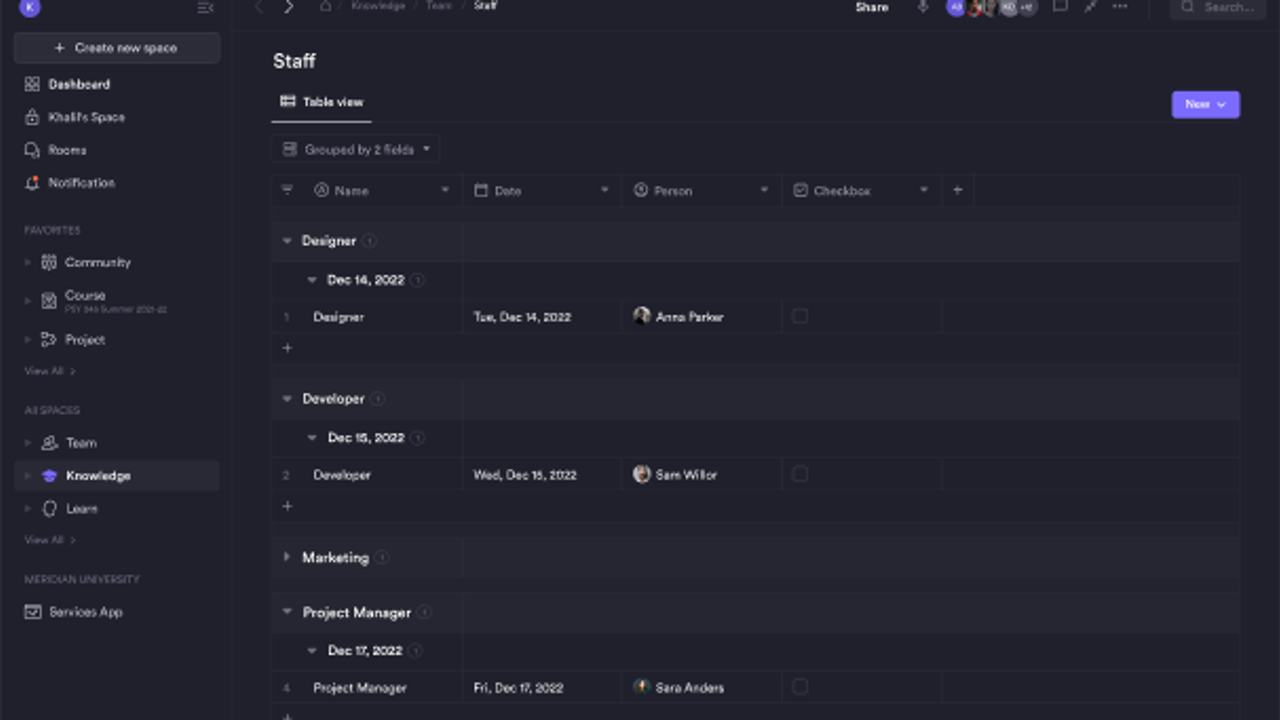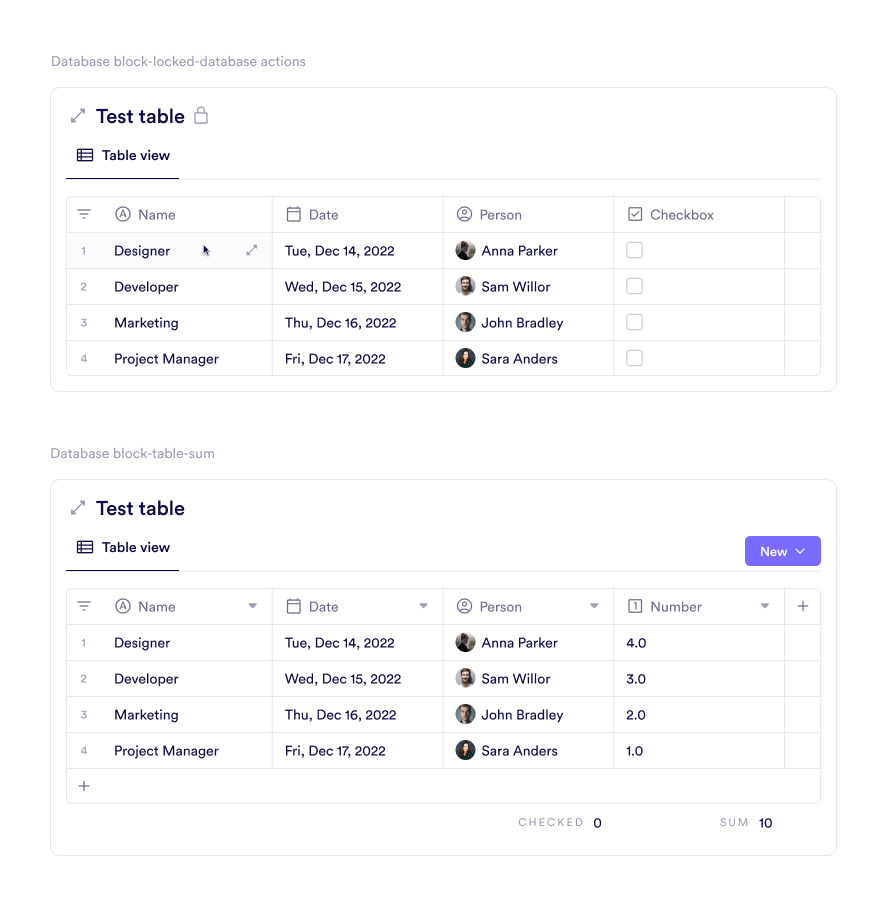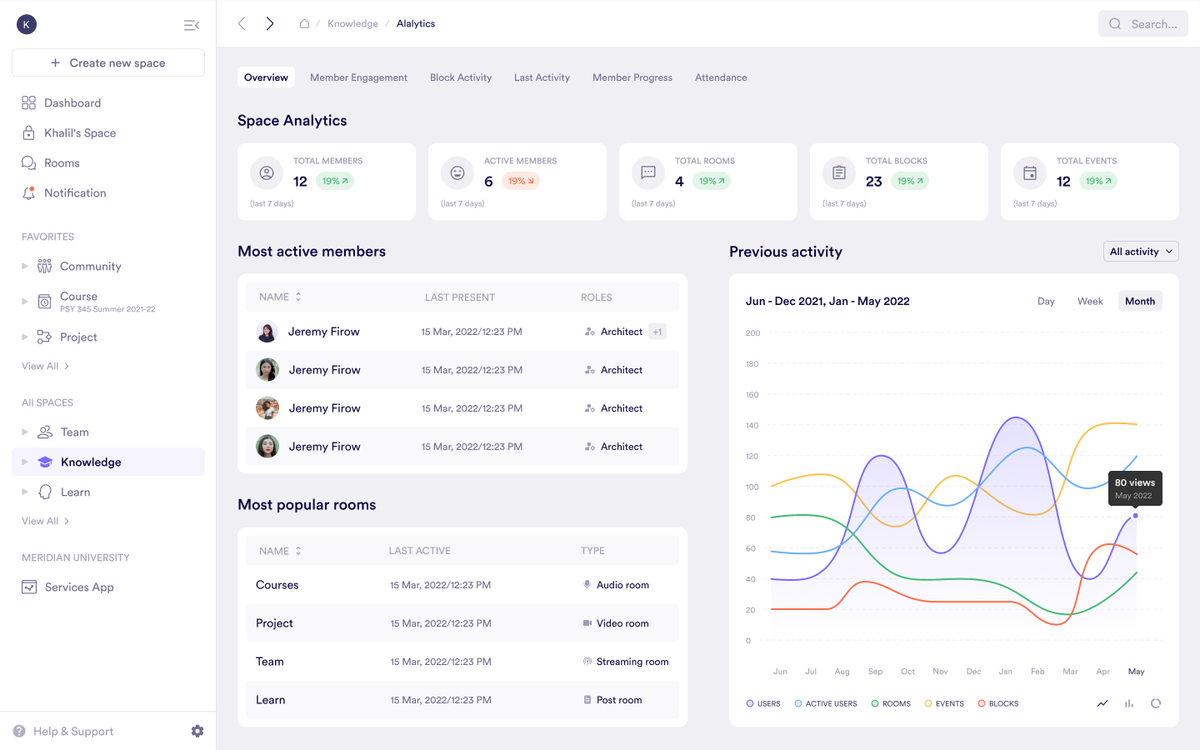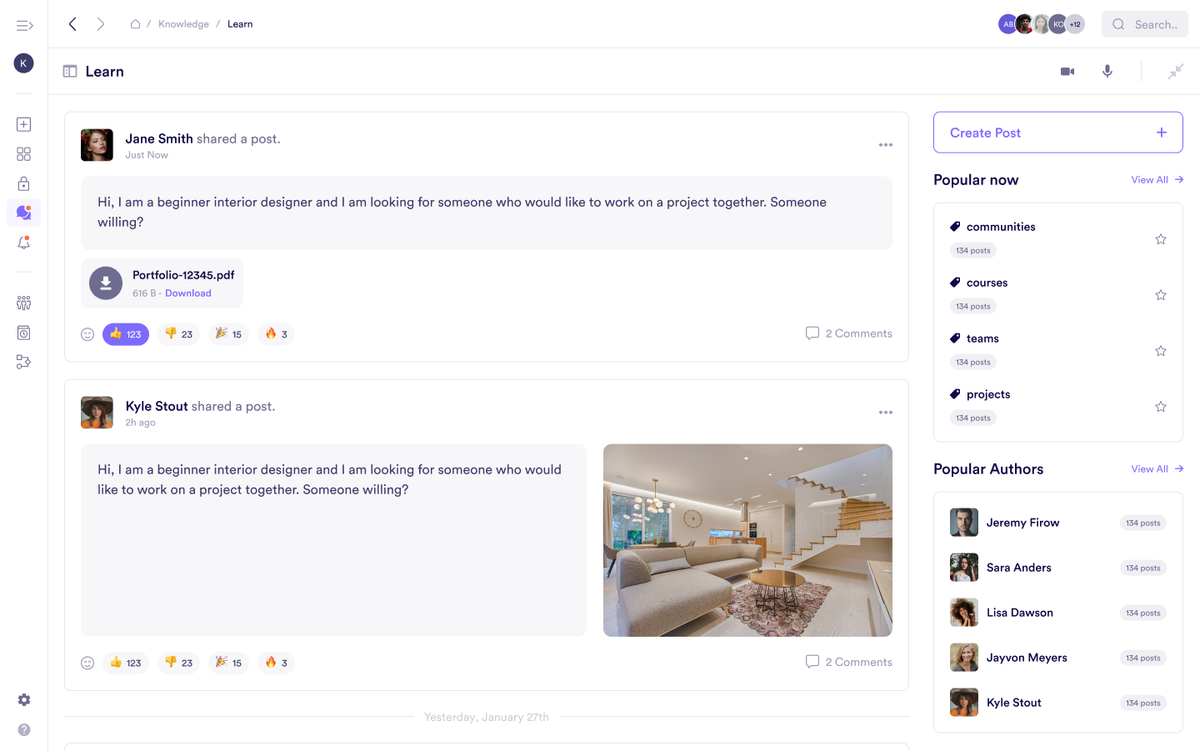Goals Dashboard
Organize and manage goals effectively with a custom dashboard in Pivot. Set objectives tailored to your team’s needs, monitor progress in real time, and use insights to refine strategies. Create an organized system that keeps your team focused, engaged, and achieving their objectives.

Keeping track of objectives and ensuring team alignment often feels overwhelming when goals are scattered or lack clear direction. Disorganized tracking and unclear responsibilities can lead to missed deadlines, reduced focus, and frustration within the team. What’s the best way to structure and monitor goals while keeping progress visible and responsibilities clear? Pivot provides a practical way to organize and oversee objectives with a goal dashboard. Whether you're managing large initiatives, everyday deliverables, or agile workflows, it functions as a complete project planning tool and a powerful task tracking tool.
Set measurable targets with goal blocks, use analytics to evaluate progress, and incorporate charts to present updates visually. Let’s walk through how to build a dashboard that works for you.
1. Define Objectives Clearly
Start by outlining specific and actionable goals using goal blocks. Break down broad objectives into smaller, manageable tasks to provide clarity for your team. Include descriptions and deadlines for each milestone to ensure expectations are understood. Assign team members to specific tasks so accountability is clear. This approach makes objectives more accessible and ensures everyone knows how their efforts contribute to the larger picture.
When used as part of a flexible project management tool, goal blocks allow you to maintain visibility across short and long-term priorities.

2. Organize Goals by Projects or Teams
Group related goals by project, department, or priority to keep everything organized. Use spaces or pages to categorize objectives, creating a logical structure for your dashboard. For instance, set up a dedicated space for a sales campaign, with pages for lead tracking, client outreach, and performance metrics. This structure ensures that teams can locate relevant goals without confusion.
Rather than relying on static tools like a Google Sheets alternative or bulky systems like a SharePoint Lists alternative, Pivot provides clarity through intuitive organization, acting as a smoother project planning app for growing teams.
3. Track Progress Visually
Visualizing progress helps teams stay informed and focused. Use analytics blocks to monitor the completion of tasks or milestones, and integrate chart blocks to present data in an easy-to-understand format. For example, create a bar chart that shows the percentage of goals achieved by each team or a pie chart to highlight which objectives are nearing completion.
This visual tracking makes Pivot a strong Notion database alternative, offering the same data capabilities, but with greater accessibility for teams who need fast insights inside a modern project management app.

4. Assign Responsibilities and Set Deadlines
Clarity in roles and timelines ensures accountability across the team. Use database blocks to assign tasks to specific individuals, set due dates, and outline priorities. For instance, when planning a marketing campaign, assign content creation to one team member with a deadline, while another focuses on ad placements with a separate timeline. Sorting tasks by priority or status allows for quick updates and adjustments.
This type of structure sets Pivot apart as a true Asana alternative or ClickUp alternative, offering project-level granularity without overwhelming users.
5. Share Updates and Celebrate Achievements
Keeping the team in the loop and motivated requires regular communication about progress and successes. Use post rooms to share updates, highlight milestones, and acknowledge team efforts. For instance, after completing a key deliverable, create a post summarizing what was achieved, who contributed, and what comes next. Invite team members to comment or share feedback to encourage engagement.
Tools like this go beyond traditional task management; they introduce a modern layer of workflow automation that gives every update structure and impact.

6. Adapt Goals as Needed
Flexibility is crucial in managing projects and achieving objectives. Use real-time data from analytics blocks to identify areas where plans may need adjustments. For example, if a sales target isn’t on track, analyze the factors contributing to delays and reassign resources or revise deadlines. Update tasks, priorities, or timelines directly within the dashboard to reflect these changes.
Compared to rigid software like a Trello alternative or Excel alternative, Pivot adapts in real time, ensuring your project management app keeps up with the way your team actually works.
Make Your Goals Smarter
Using Pivot to create a goal dashboard brings practical advantages for tracking and achieving objectives:
-Clear planning: Break objectives into actionable steps with goal blocks, assigning responsibilities to ensure focus.
-Logical organization: Group goals by project, team, or priority using spaces and pages for better clarity.
-Real-time insights: Analytics and chart blocks provide an up-to-date view of progress and performance trends.
-Accountability made simple: Assign tasks with deadlines and priorities to keep everyone on track.
-Collaborative updates: Post rooms enable structured communication, celebrating progress and gathering feedback.
-Flexible adjustments: Update goals dynamically with a tool that works as a Basecamp alternative, Monday.com alternative, or Notion alternative.
Create a dashboard that brings focus and alignment to your team’s efforts, helping you stay on track every step of the way.
Create your own Knowledge Base
Experience the power of synchronized collaboration
Collaborate globally, instantly, together
Bring versatility to your course design
Blend community with content and learning
Unite internal and external teams
Consolidate wikis, projects, and messaging
Try dynamic multi-modal collaboration